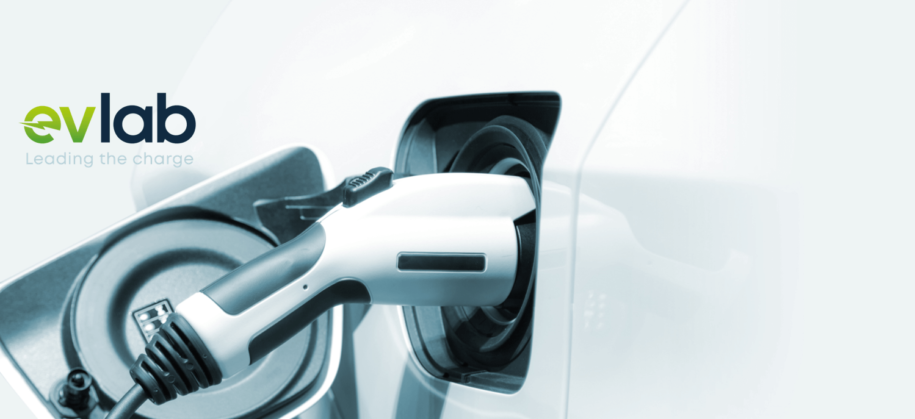evlab® – Syzygy’s ground-breaking software helping landlords and local authorities’ size EV charging installations and draw realistic long-term deployment plans for EV charging – recently underwent a makeover and now includes even more data, better features and improved performance. In these series of articles, Syzygy shares a bit of the evlab’s intelligence and takes a closer look at some of the metrics used in the algorithm to analyse sites and their EV charging requirements.
To support uptake of electric vehicles and help the roll out of the government “Road to Zero” strategy, there is a pressing need to develop charging infrastructure in the UK. Installing adequate charging infrastructure should therefore be a priority for landlords, however they should be well informed when planning the number of charging points to install.
Roughly assessing the EV market is not enough and can easily lead to oversized installations with charging points not being used: this is counterproductive and will introduce unnecessary operating costs for the landlord while not generating any income.
Our software evlab® combines a wide range of datasets and calculates key metrics to provide a detailed view of the local market around the site analysed. One of the many metrics calculated in evlab® to assess the strength of the local electric vehicle market is the network reliance score, which compares the local density of pure electric vehicles with the national UK average.
Why do we include this metric?
Electric vehicles types are commonly distinguished between Pure electric vehicles and Plug-in hybrid electric vehicles (PHEV). Pure electric vehicles run exclusively on an electric motor fuelled by a rechargeable battery while plug-in hybrid vehicles run in conjunction with an internal combustion engine (ICE).
PHEVs drivers can run their car with an empty battery (using the ICE) and therefore tend to rely less on the public EV charging network than pure electric drivers. A study released by Mitsubishi back in May showed that although 93% of Mitsubishi Outlander* owners were plugging-in at home, only 23% of them were using public charging points. On rapid public chargers in Syzygy’s portfolio, only about 30% of cars charging are PHEVs (out of the cars types that can be identified).
Pure electric vehicles drivers, that solely rely on the battery to operate, are much more range anxious. Always conscious of their battery’s state of charge, they will tend to charge at each of their stops whenever they can, to avoid risking “running out of fuel”. Pure EV owners will therefore look for destinations where they can recharge and prioritise them.
Moreover, pure electric cars have bigger batteries (on average, a Pure EV battery is around 4 times bigger than an average PHEV battery, as illustrated by the graph below); on top of using public chargers more often, Pure electric vehicles will plug-in for longer, use more electricity and will therefore have a larger influence on the chargers’ usage.
Pure EV owners are therefore primarily the targeted customer base for charging points, especially for destination charging.
In the UK, the average share of pure electric vehicles is now close to 35% but can vary widely from one area to another, as illustrated by the map below, which shows the share of pure electric vehicles per postal district. When analysing a specific site, evlab®’s network reliance score compares this figure to the share of pure electric vehicles in the local market. This gives an indication of how likely local electric vehicle owners will use the public electric vehicle charging points: a strong network reliance score will indicate a higher need for electric vehicle charging points.
This is just one of many metrics used in evlab® to assess the site’s exact need for EV charging points; other metrics evaluate market growth, existing charging supply and speeds or expected adoption rates. By combining these metrics, evlab® reports give a realistic view of the local market and provide landlords with data-driven recommendations on their EV charging infrastructure needs.
We will give a taster of other metrics used in evlab in future pieces – Stay tuned for more!
*Most popular PHEV in the UK



